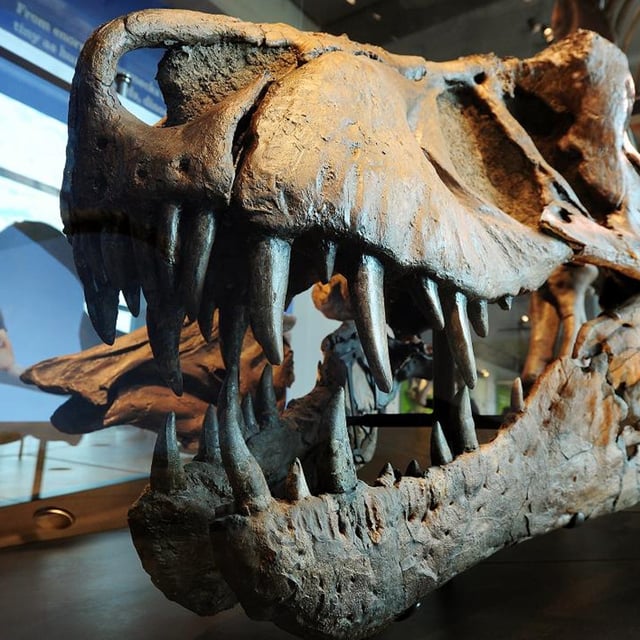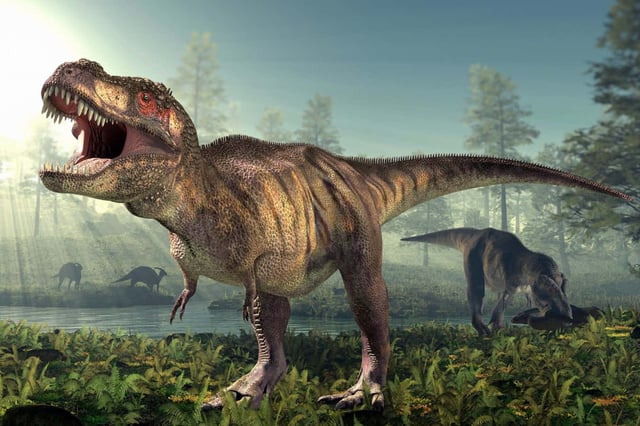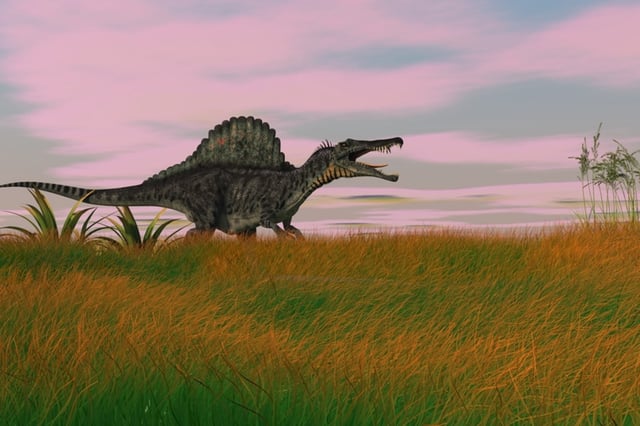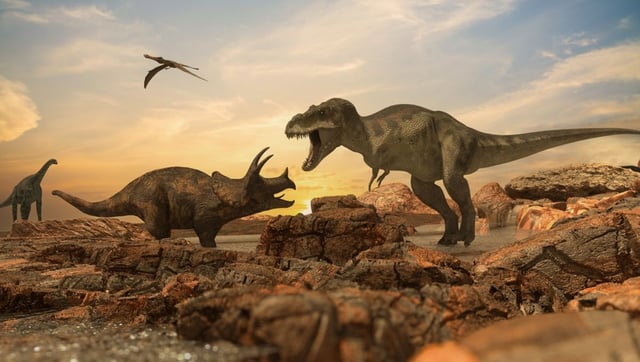Overview
- The study appeared August 4 in the journal Current Biology as the first comprehensive biomechanical survey of skulls across 18 giant theropod species.
- Researchers used CT and surface scans coupled with finite element analysis to quantify bite force and stress distributions in theropod skulls.
- T. rex demonstrated crocodile-like mechanics with exceptionally high bite forces optimized for crushing bone, despite elevated skull stress.
- Spinosaurs, allosaurs and other lineages sustained weaker bites tailored for slashing flesh, underscoring divergent evolutionary pathways.
- Lack of correlation between body size and skull stress indicates that Mesozoic ecosystems supported multiple specialized giant predators with reduced ecological overlap.



